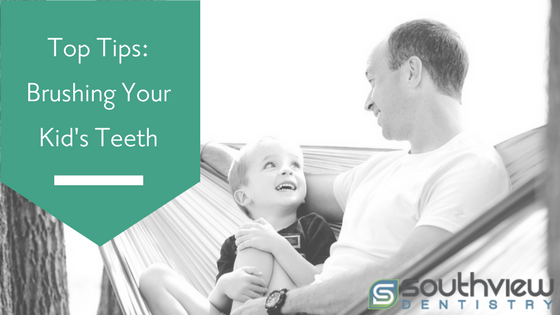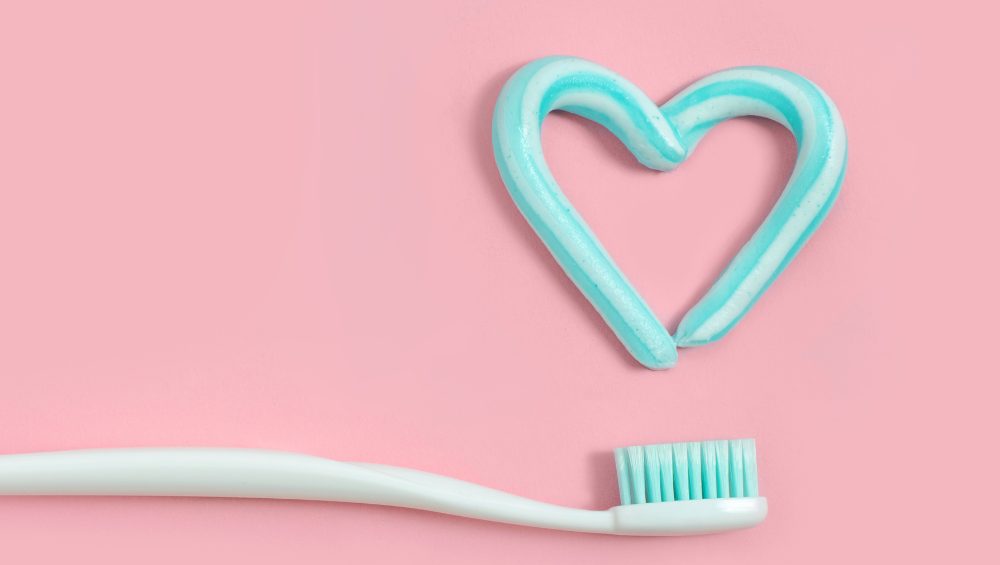
Case Study: Invisalign for Over-Crowding
February 28, 2017
Case Study: Internal Tooth Whitening Procedure
April 1, 2017You kid’s teeth are important! It’s never too early to get children in the habit of good oral care. Of course, it’s up to parents to take the “first steps.” Finding new ways to model good dental habits and practice them with your kids is key. The sooner kids begin to take charge of their own teeth, the happier and healthier they (and you) will be. And the payoffs over a lifetime are immeasurable.
Don’t Worry—You’re Not Alone
If you think it’s a challenge to teach your kids good oral care, you’re in good company. Tooth decay is one of the most common childhood diseases. And studies show that almost 50% of kids between six and eight have had at least one cavity. These are just a couple of reasons why it’s so important to help kids understand right from the start that proper dental habits are a smart idea.
How to Care for Babies’ Teeth
There’s a lot of information you can discover, but these basics are a good beginning.
- Help prevent plaque bacteria by gently cleaning a newborn baby’s gums with a damp cloth after feedings. Just be sure to use water only, not toothpaste.
- Don’t put your baby to bed with a bottle of formula or juices that contain sugar.
- Once teething begins at about 4 to 6 months, get little ones used to having their teeth brushed. Extra-soft bristles and a pea-sized dab of non-fluoride toothpaste are best.
- Even babies can develop gingivitis, decay, and cavities, so it’s a good idea to see a pediatric dentist early—use a “first visit by first birthday” strategy.
Tooth Care for Toddlers
Showing by example and making it fun is the name of the game. When everyone brushes at the same time, it becomes a family ritual that kids look forward to.
- At about age two, it’s okay to start using fluoride toothpaste—but make sure there’s no swallowing. Want to teach the proper length of time for brushing? Try singing “Twinkle Twinkle Little Star” or another upbeat favorite for two minutes.
- Oral-B® Electric Toothbrushes have lots of designs that feature popular animated characters. Now kids can have more fun brushing with their buddies from Disney® and Pixar®.
- Usually by ages three or four, all 20 primary or “baby” teeth have appeared. Permanent, or “adult,” teeth appear by age six and may continue to emerge into the teen years.
- If you have a toddler who is afraid of the dentist, you might make your little one more comfortable by letting him or her sit in your lap during the exam.
Older Kids and Dental Health
As kids get older, they want to feel more independent. Part of growing up includes assuming responsibility for taking care of their own teeth—without prompting from parents. Appeal to what matters to them: Kids want to look good to their peers, they want to smile in selfies, and they don’t want to spend their free time sitting in the dental professional’s chair.
To teach kids more about proper brushing time, try the Disney Magic Timer App.
Another big challenge for children is avoiding sugary snacks and drinks. Healthier snack options let them enjoy better dental and overall health. If your kids are involved in sports, a mouth guard to protect their teeth from injury can keep them safe and looking good for a lifetime.
Flossing is an important lesson to teach. You might also want to ask your dental professional about sealants or fluoride treatments for added protection against decay.




